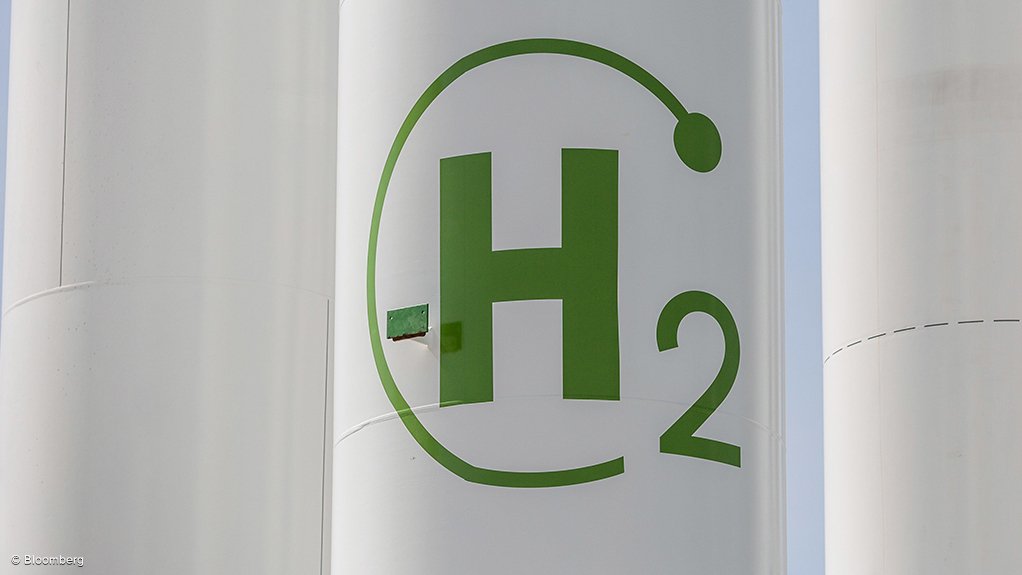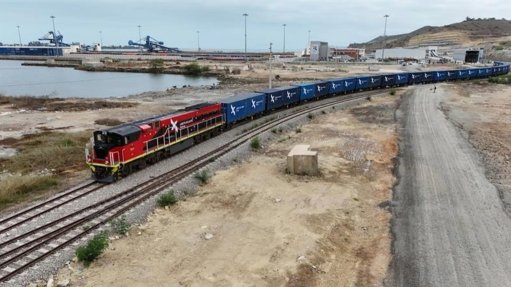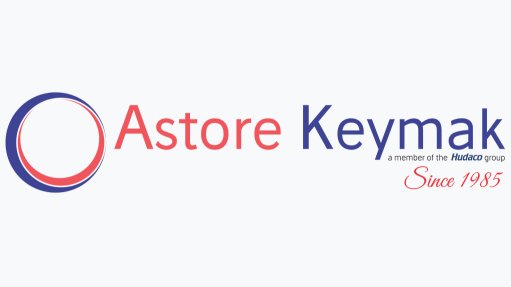Export component of South Africa’s green hydrogen strategy will seek to lock in price subsidies
The initial export component of South Africa’s yet-to-be-approved Green Hydrogen Commercialisation Strategy is not premised on the trade of scarce renewable electrons – converted into molecules or other tradeable derivatives – to decarbonise the industries of developed economies in Europe and Asia, Presidential Climate Commission (PCC) commissioner Joanne Bate insists.
Instead, such exports are designed to ensure that South Africa can “lock in” the grants, concessional debt and contract-for-difference price subsidies that are currently being offered by countries such as Germany and Japan to stimulate the use of green hydrogen products in their hard-to-abate sectors of steel, cement, petrochemicals, shipping and aviation.
Bate, who is also chief operations officer at the Industrial Development Corporation and part of the panel set up by Trade, Industry and Competition Minister Ebrahim Patel to finalise the strategy, offered this explanation in a presentation on the proposed strategy during a PCC meeting in Johannesburg.
She acknowledged concern over the export-orientation of the strategy, which some critics view as having potential to place the interest of industry and developed countries ahead of pressing domestic needs for clean energy.
However, she stressed that the subsidies being offered could provide an important impetus to the development of a green hydrogen industry that represented a “once-in-a-generation” industrialisation opportunity for the country.
South Africa’s resource endowment could position the country to produce green hydrogen, which is made by splitting water into hydrogen and oxygen using renewable electricity, at about $1/kg by 2050, which would be competitive with costs in other similarly well-endowed countries, such as Australia, Chile, Namibia and Saudi Arabia.
“South Africa is well positioned for exports with estimates of the potential ranging between 1.9- and 8-million tons of green hydrogen yearly,” she said, adding that the country could possibly secure a market share of up to 10% for green ammonia and methanol shipping fuels along the Atlantic and Indian Ocean shipping routes.
The Green Hydrogen Commercialisation Strategy would be published only once it had been approved by Cabinet, but Bate indicated that six elements, including targeted exports, had been identified as central to its successful implementation.
The other five were listed as being:
- A stimulation of domestic markets in parallel to exports, particularly ones linked to green steel, mining vehicles, petrochemical, agriculture and sustainable aviation fuels;
- Supporting localisation by developing the local industrial capacity to produce platinum-bearing fuel cells and electrolysers, ammonia cracking and balance-of-plant components;
- Securing finance, including concessional finance from key export markets;
- Maximising the development and transformation impact through proactive socioeconomic development initiatives; and
- Supportive policy and regulation to facilitate the accelerated development of a new industry.
Four green-hydrogen hubs had been identified, including Coega, in the Eastern Cape, Saldanha Bay, in the Western Cape, the Vaal region, in Gauteng, and Boegoebaai, in the Northern Cape. However, the Boegoebaai hub was not viewed as a near-term prospect given the current absence of port and power infrastructure in the area.
Bate also acknowledged concern over the need for water and indicated that various solutions, including desalination and the use of grey water, would have to be assessed on a case-by-case basis.
She argued, however, that the water required for green hydrogen would be less than 0.5% of South Africa’s demand, while using desalinated water would add only a small premium of about $0.01/kg to the cost of producing green hydrogen.
The work of the panel, she added, pointed to green hydrogen being a “tangible opportunity for the country that needs to be prioritised”.
Article Enquiry
Email Article
Save Article
Feedback
To advertise email advertising@creamermedia.co.za or click here
Comments
Press Office
Announcements
What's On
Subscribe to improve your user experience...
Option 1 (equivalent of R125 a month):
Receive a weekly copy of Creamer Media's Engineering News & Mining Weekly magazine
(print copy for those in South Africa and e-magazine for those outside of South Africa)
Receive daily email newsletters
Access to full search results
Access archive of magazine back copies
Access to Projects in Progress
Access to ONE Research Report of your choice in PDF format
Option 2 (equivalent of R375 a month):
All benefits from Option 1
PLUS
Access to Creamer Media's Research Channel Africa for ALL Research Reports, in PDF format, on various industrial and mining sectors
including Electricity; Water; Energy Transition; Hydrogen; Roads, Rail and Ports; Coal; Gold; Platinum; Battery Metals; etc.
Already a subscriber?
Forgotten your password?
Receive weekly copy of Creamer Media's Engineering News & Mining Weekly magazine (print copy for those in South Africa and e-magazine for those outside of South Africa)
➕
Recieve daily email newsletters
➕
Access to full search results
➕
Access archive of magazine back copies
➕
Access to Projects in Progress
➕
Access to ONE Research Report of your choice in PDF format
RESEARCH CHANNEL AFRICA
R4500 (equivalent of R375 a month)
SUBSCRIBEAll benefits from Option 1
➕
Access to Creamer Media's Research Channel Africa for ALL Research Reports on various industrial and mining sectors, in PDF format, including on:
Electricity
➕
Water
➕
Energy Transition
➕
Hydrogen
➕
Roads, Rail and Ports
➕
Coal
➕
Gold
➕
Platinum
➕
Battery Metals
➕
etc.
Receive all benefits from Option 1 or Option 2 delivered to numerous people at your company
➕
Multiple User names and Passwords for simultaneous log-ins
➕
Intranet integration access to all in your organisation



















